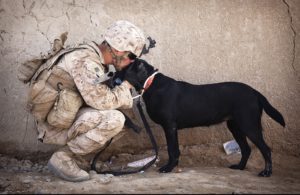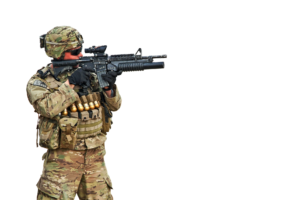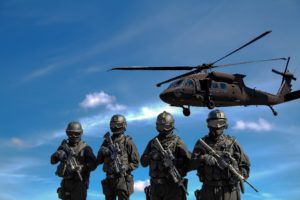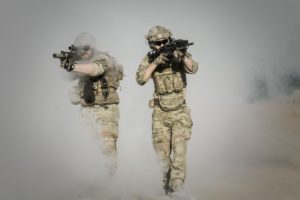Finding realism on television is a lot like finding a hidden treasure: If you see it and recognize how real it is, it becomes even more amazing to watch. Finding realistic cop shows is a little challenging because, unfortunately, most cop shows and crime dramas are comically pretty bad. Here, we have a list of the most realistic cop shows on television, whether it be moments of realism or overall accuracy. Realistic Cop Shows Cops Let’s get the obvious one out of the way first. Cops was arguably the first of its kind. Before The Bachelor and Keeping Up With the Kardashians, Cops was an actual reality show, depicting real police officers and their day-to-day tasks. It’s famous amongst daytime television viewers for its intense and often humorous events—and for its iconic theme song. The show, if you haven’t seen it, follows one or two cops at a time as they respond to a call. More times than not, the call is a domestic dispute… Something that officers of the law have to deal with on the daily. And you can tell, judging by the generally monotonous and tired nature of the cops. The show doesn’t try to excite the drama in any way. It just shows what is actually happening. For this reason, not everyone is a Cops fan. However, Cops teaches us that you don’t need a script: The world is crazy and unbelievable enough as is. Law and Order Everyone’s favorite police procedural makes the list, despite a few very inaccurate and dramatized details. Since its debut in the early 90s (making it the longest running crime drama in America), Law and Order has had a lot of time to research police tactics. There are a few flaws in this show, though. For example,
Finding realism on television is a lot like finding a hidden treasure: If you see it and recognize how real it is, it becomes even more amazing to watch. Finding realistic cop shows is a little challenging because, unfortunately, most cop shows and crime dramas are comically pretty bad.
Here, we have a list of the most realistic cop shows on television, whether it be moments of realism or overall accuracy.
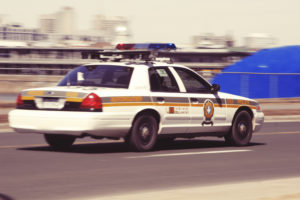
Realistic Cop Shows
Cops
Let’s get the obvious one out of the way first. Cops was arguably the first of its kind. Before The Bachelor and Keeping Up With the Kardashians, Cops was an actual reality show, depicting real police officers and their day-to-day tasks. It’s famous amongst daytime television viewers for its intense and often humorous events—and for its iconic theme song.
The show, if you haven’t seen it, follows one or two cops at a time as they respond to a call. More times than not, the call is a domestic dispute… Something that officers of the law have to deal with on the daily. And you can tell, judging by the generally monotonous and tired nature of the cops.
The show doesn’t try to excite the drama in any way. It just shows what is actually happening. For this reason, not everyone is a Cops fan. However, Cops teaches us that you don’t need a script: The world is crazy and unbelievable enough as is.
Law and Order
Everyone’s favorite police procedural makes the list, despite a few very inaccurate and dramatized details. Since its debut in the early 90s (making it the longest running crime drama in America), Law and Order has had a lot of time to research police tactics.
There are a few flaws in this show, though. For example, Law and Order shows investigations take place over the course of a few days whereas, in real life, it averagely takes months. The officers in the show seem to be able to trace a gun’s owner in a matter of hours. This isn’t the case, because tracking down who owns a gun is a lengthy and inconvenient task.
In terms of firearms, the cast of Law and Order all use their weapons appropriately: proper weapon handling and hardly any excessive use (there are always exceptions). The investigations themselves are all handled professionally and near up to par with police standard procedure.
True Detective
This bizarre psychological crime anthology shows a philosophical and darker side to crime drama, but it’s actually more accurate than you realize.
In the show, two detectives who really don’t like each other get paired up to solve a bit of a weird crime. The crime involves an unraveling cult murder and sacrifice scenario in a swampy Louisiana setting, which obviously isn’t something that happens often, but that’s the point: normal detective work used to solve a much different than normal crime.
But at the same time, it’s kind of a true story…
Detectives often take years and years to solve a crime, which the show takes one full season to solve on crime (most crime shows take one episode). Throughout True Detective, the officers use real detective skills such as evidence collecting, forensics, interviews, and the boring sifting through old files. They do what real detectives do which, in real life, isn’t an action packed adventure. The show keeps you watching with its psychological aspect and character building.
There are two major gun fights in True Detective: one in a drug-riddled ghetto and the other with (no spoilers ahead, don’t worry) the culprits. The latter gun battle lands the detectives in the hospital for major injuries, showing how human they are. The show’s creators also had the two actors, Woody Harrelson and Matthew McConaughey, train for their firearm usage and it really shows in those shootouts.
The Wire
Everyone’s talking about The Wire. The show is based in Baltimore, a city that wasn’t explored much in television before, with the goal of showing the darker side of most American cities. The show is praised for its accurate and often intense portrayal of police work.
The Wire was co-created by a police officer and a reporter, both from Baltimore, so there might not be a more accurate procedural crime drama on television. It gives the audience a very authentic look into what happens when your city is ravaged by the war on drugs and drug-related crimes. The Wire isn’t shy to delve into the real issues of drug-use, and that it isn’t just the gangs, it’s the working class and the upper class citizens.
Since the show was developed by those who have experienced what it’s like to be in law enforcement, accuracy becomes second nature. The cast and crew were educated in what street crime really is and how officers really deal with it. The brutal message in The Wire is that crime is resilient.
The Police Experience
In order to understand how realistic cop shows can be, actors will undergo professional weapons training. Having access to police and SWAT team weaponry allows for greater understanding for those curious about what it is like to actually be a cop. You can learn how to handle and fire an arsenal of police guns, so schedule your experience today!
